The has developed two standardized liquidity measures intended to gauge and regulate liquidity risks. The first measure is called the Liquidity Coverage Ratio (LCR) and indicates the short-term liquidity risks. Canadian regulators, , and others also require that each credit union (CU) and bank has an adequate stock of unencumbered high-quality liquid assets (HQLA) that can be converted into cash at little or no loss of value to meet its liquidity needs for a 30-day period. The assumption is that post-30-day period, corrective actions can be taken by management and supervisors.
Liquidity risks can be divided into short-term and structural (or long-term) liquidity risks. Short-term liquidity risks refer to the risk of a CU/bank being unable to meet its payment obligations when debts fall due, for example if a bank has difficulty renewing its funding.
From regulatory perspective, regulated entities can counteract short-term liquidity risks by having a buffer of liquid assets, in other words a liquidity reserve. Our stress tests determine how large the liquidity reserve needs to be in relation to the gap between the expected cash outflow and cash inflow over the short term.
BBA’s scenario-based stress testing, bases the LCR stress tests on realistic macroeconomic conditions. Using an adverse scenario, we develop rigorous but realistic outcomes to reflect a liquidity shock for an individual bank/CU. Specifically, the exercise needs to capture:
- A cash deficit due to unexpected outflows;
- A cash deficit due to higher-than-anticipated expected credit loss; and
- Impact assessment of HQLA buffer for counterbalancing the stressed liquidity gap
In summary, we follow a 3-step approach:
- Design base case and adverse case scenarios: We source data from leading economic forecasts and benchmark both the base and adverse cases from a collated data set using credible sources, such as, Dodd Frank and European Banking Authority’s stress tests. For example, for our 2021 scenarios, Ontario’s real GDP growth is forecast at 6.1% on YOY basis vs. a drop of 1.3% which corresponds to adverse scenario
- Liquidity outflow: Potential sources of liquidity outflow consist mainly of deposits withdrawals by retail and non-retail depositors. Funding pressures are captured through specific time profiles of run-off rates for different funding sources by calibrating the run-off rate with the adverse scenario. BBA assumes that the outflows of deposits not covered by the deposit guarantee are greater as compared to insured deposits
- Liquidity inflow: On the flip side, standby liquidity inflows stemming from maturing credit facilities and interest payments are also stressed. In order to stress cash inflow, regulatory run-off factors are first calibrated with Expected Credit Loss (ECL) as reported under IFRS 9/CECL and then adjusted based on the stressed ECL
As a result, we can define a vulnerable state to determine a CU/bank’s ability to repay its counterparts, meet outflow obligations. This can be explained by the counterparties demanding higher compensation, that is, to be paid more, given the higher credit risk. It is thus assumed that the costs for entering into liquidity enhancement transactions will be economically unviable. Using the above stress scenario approach, we can gain a deeper understanding of reserve requirement and also develop balance sheet management tactics to patch vulnerabilities and improve resilience.
By using a singular version of economic scenarios as the basis for stress testing, organizations can cast away arbitrariness and subjectivity from their stress testing program. Stress testing is fully automated and can be applied on a quarterly basis.
Author - Sohail Saad
